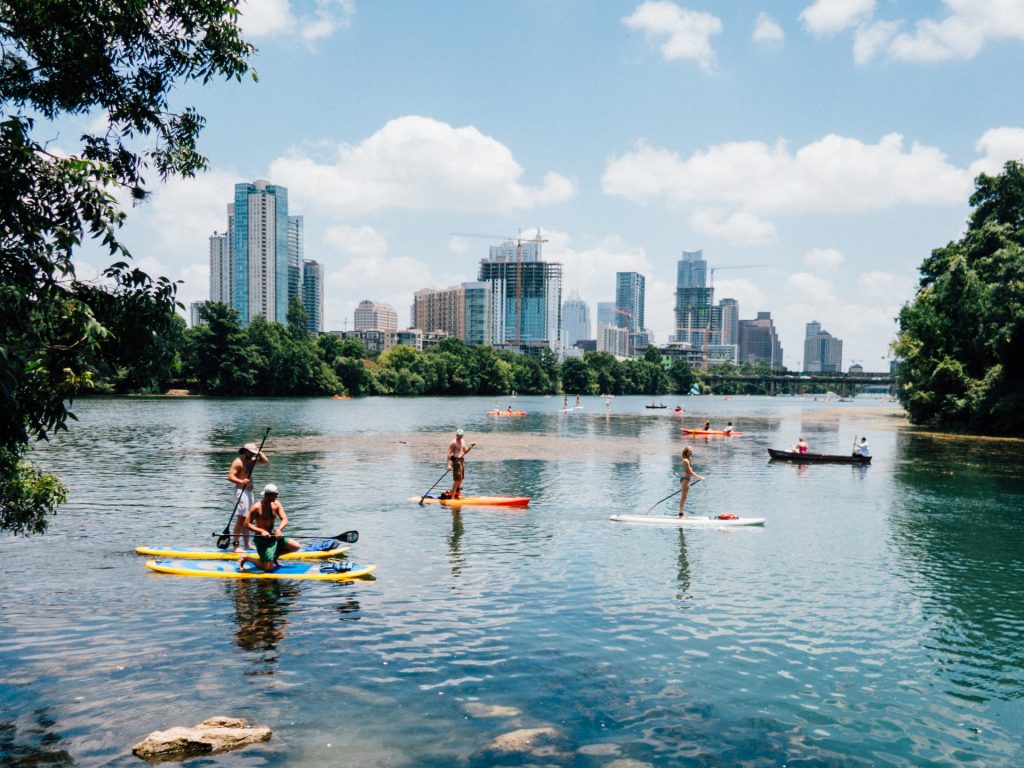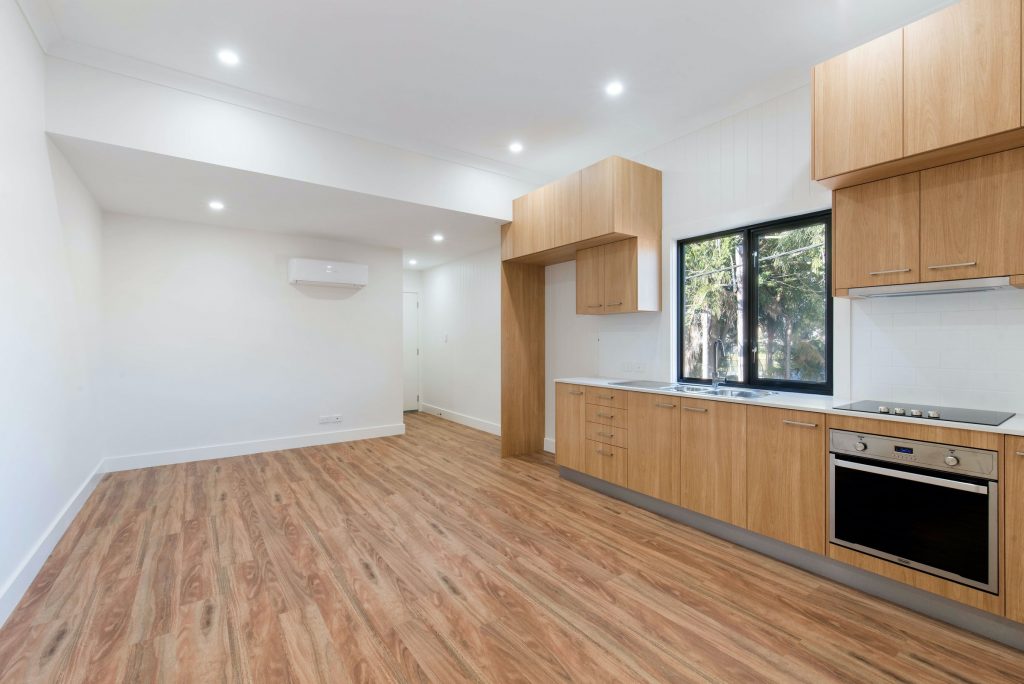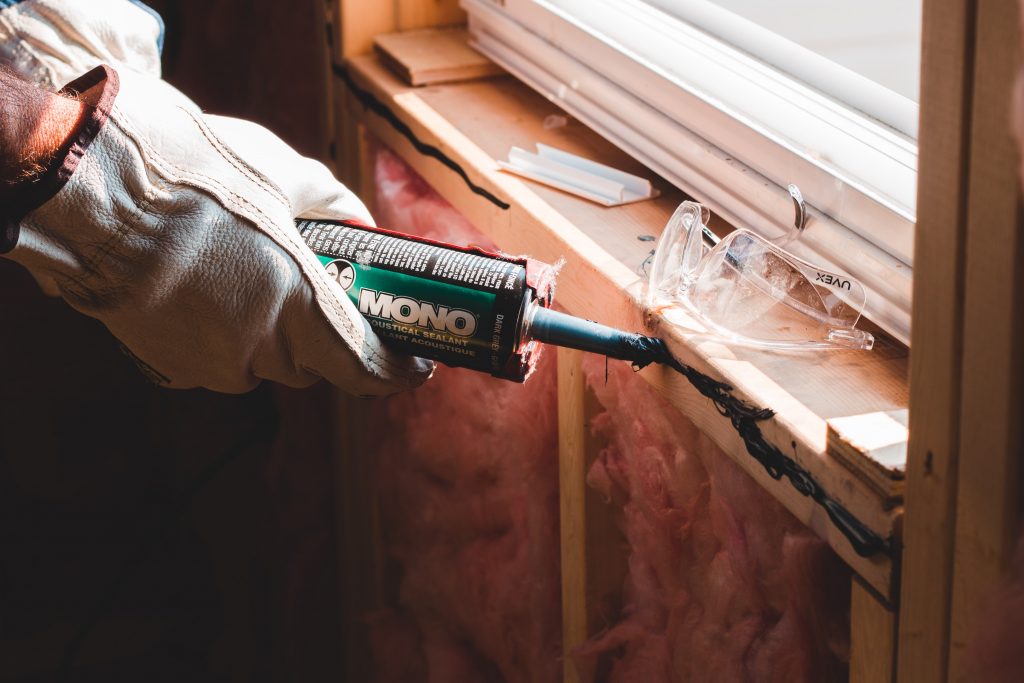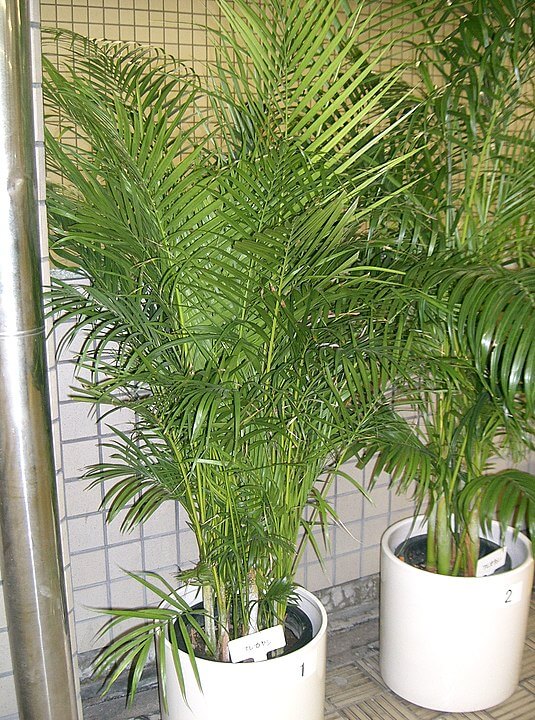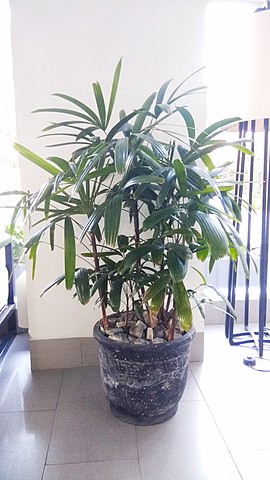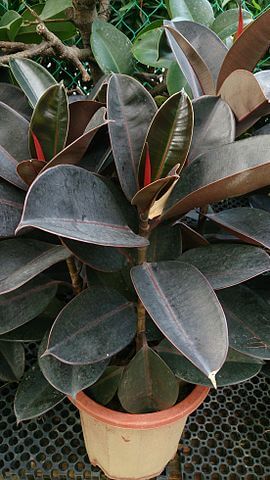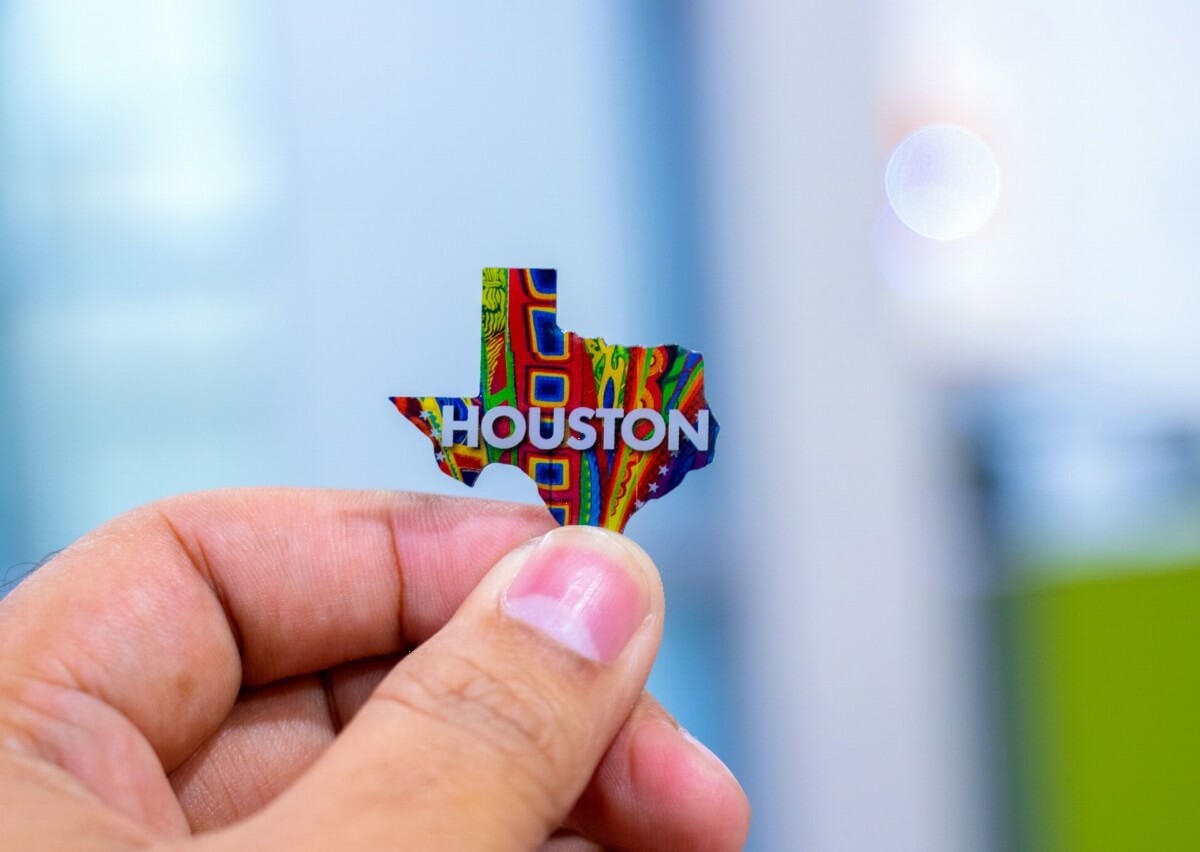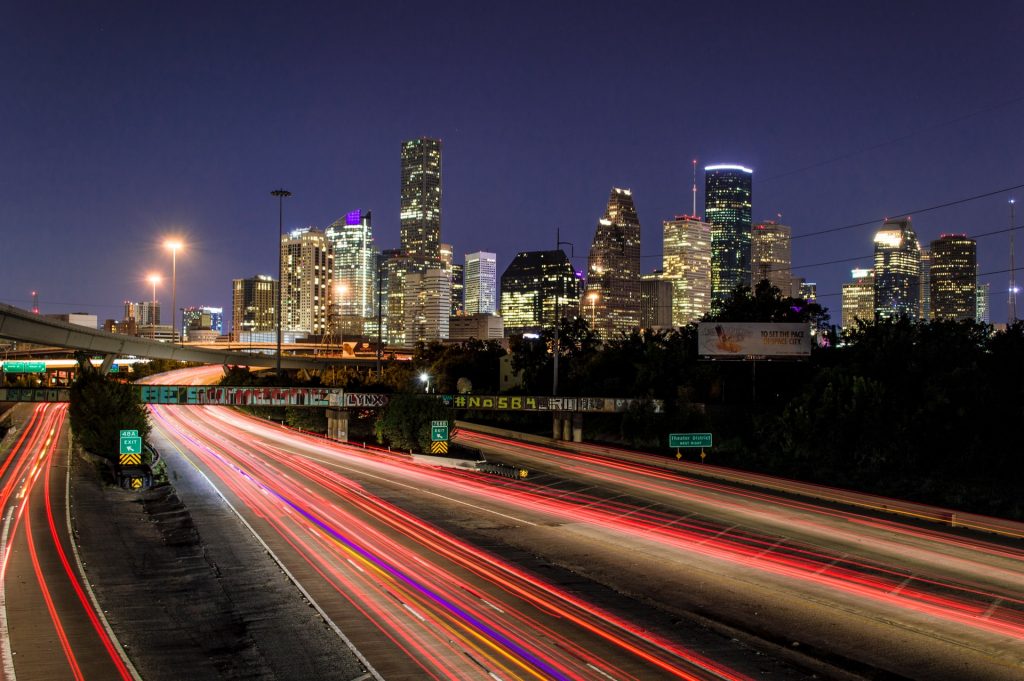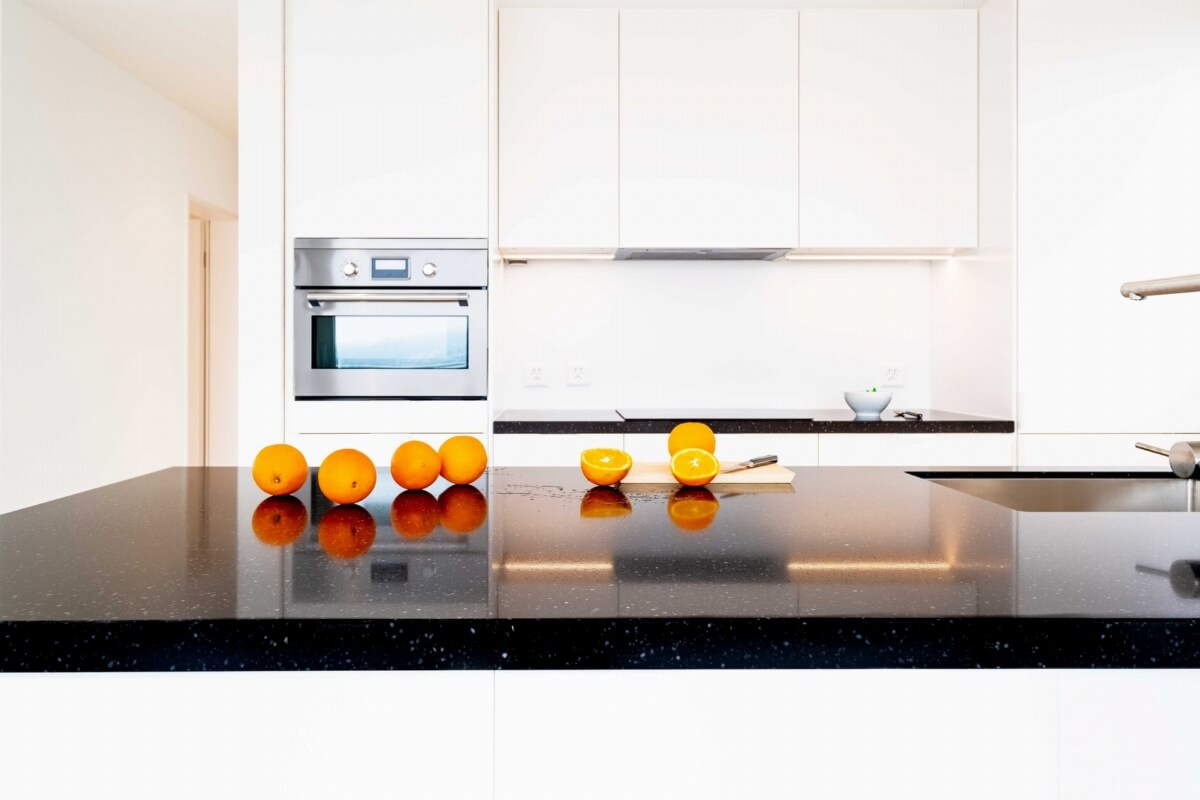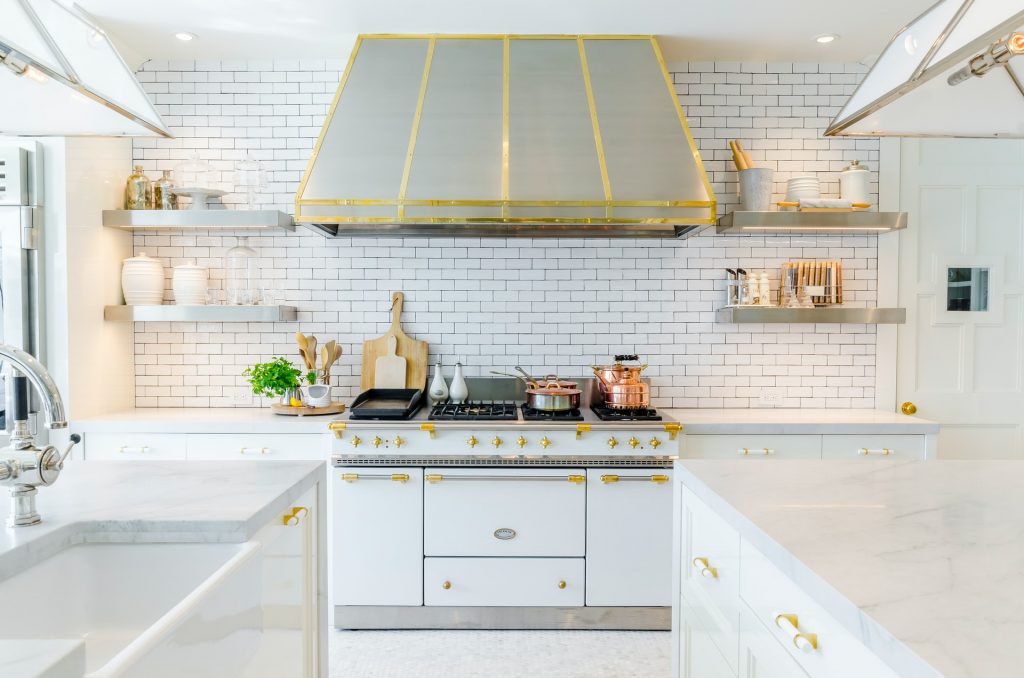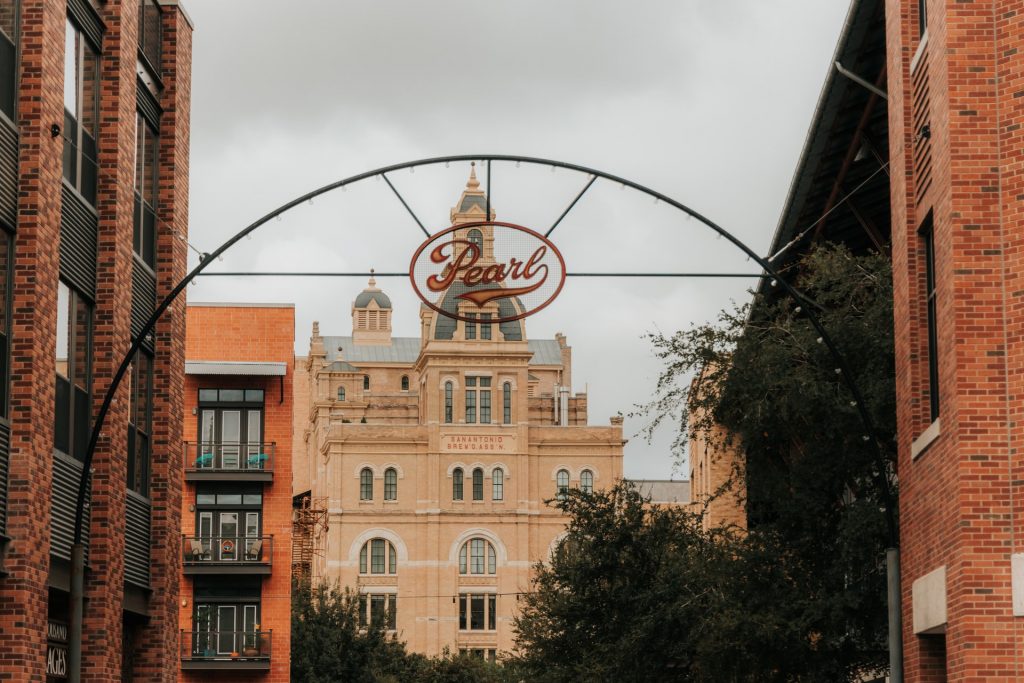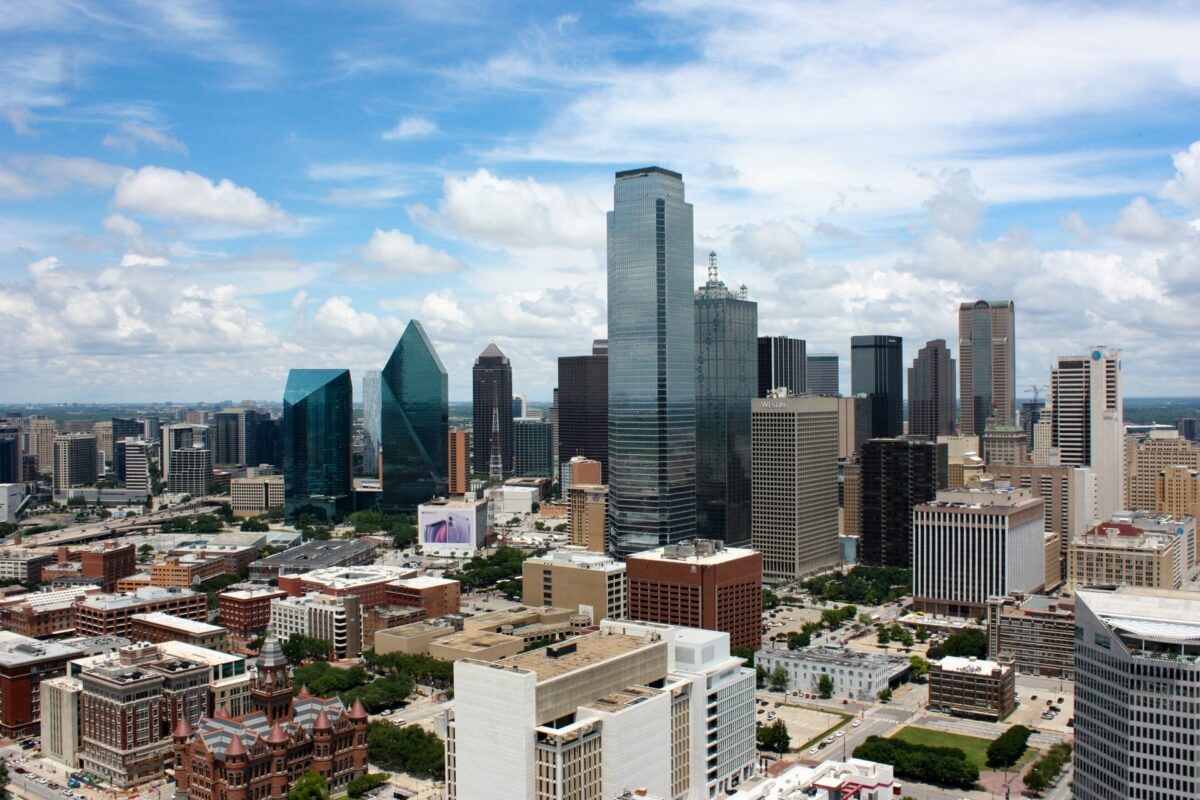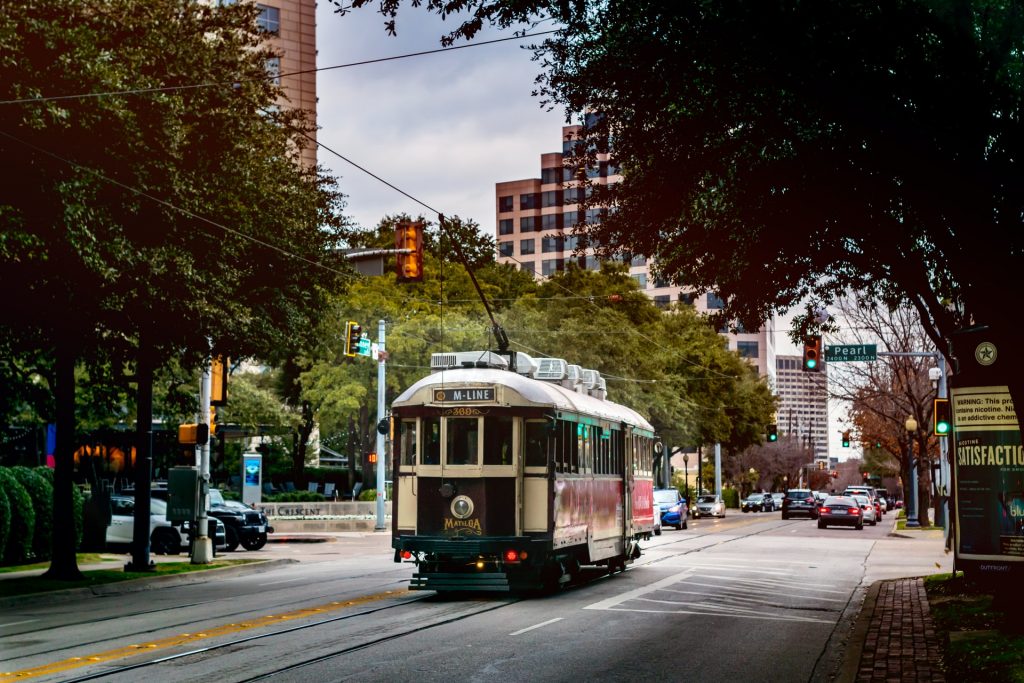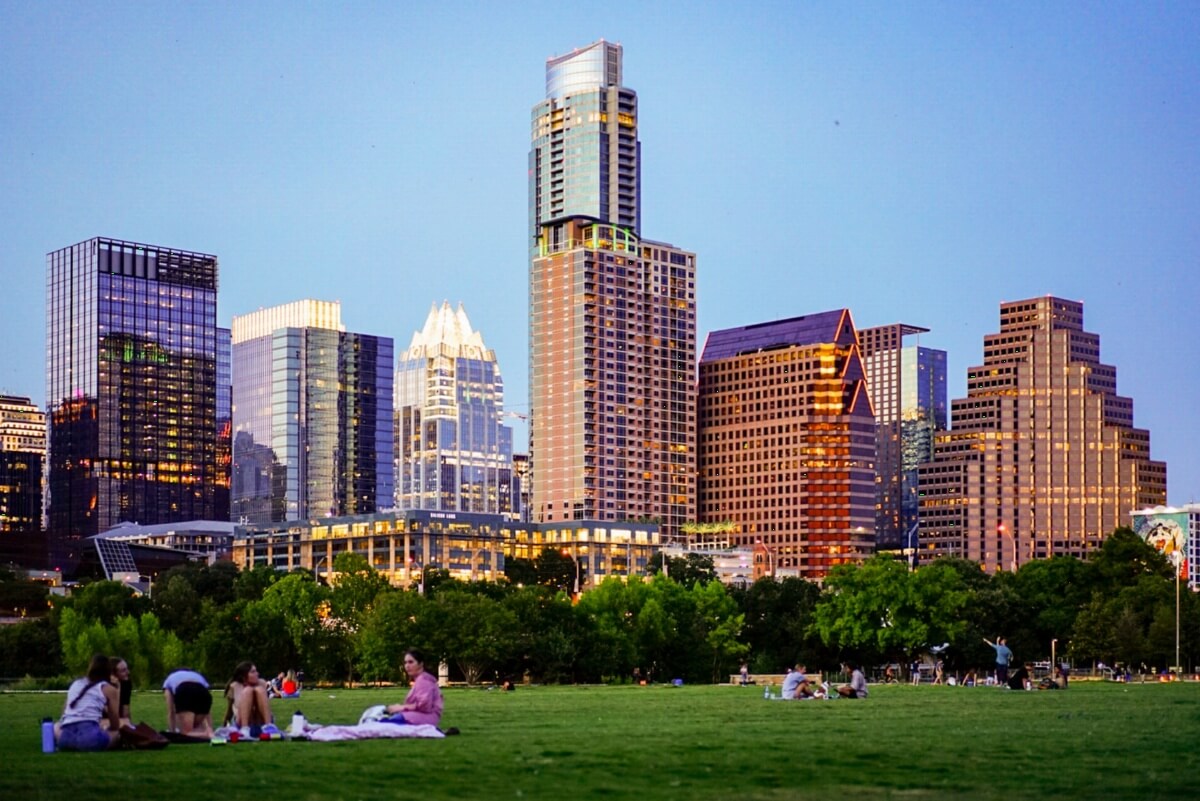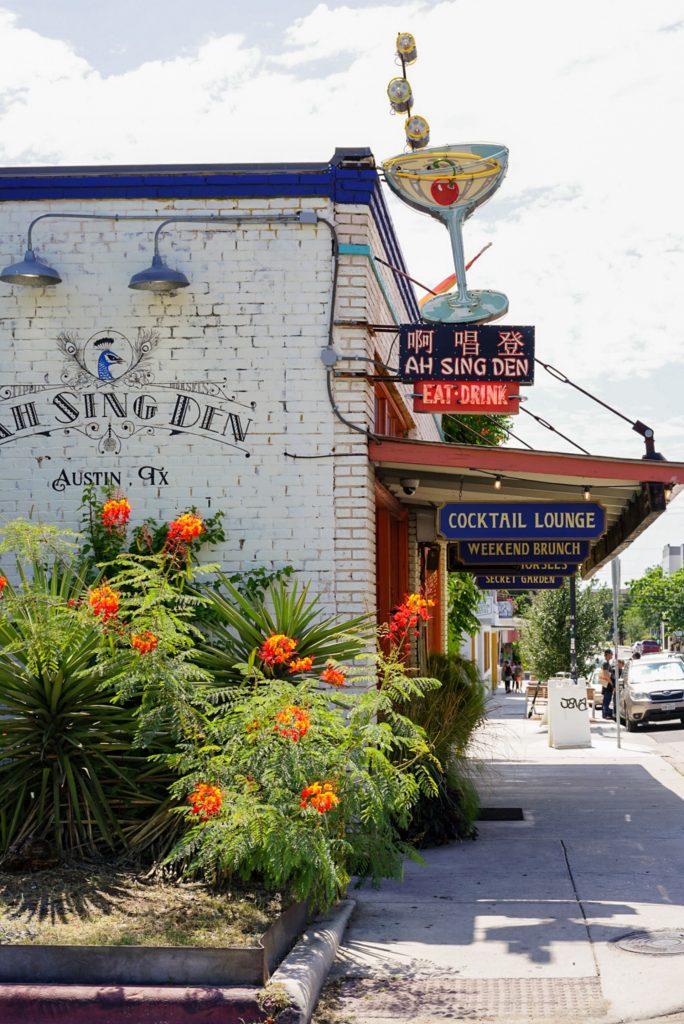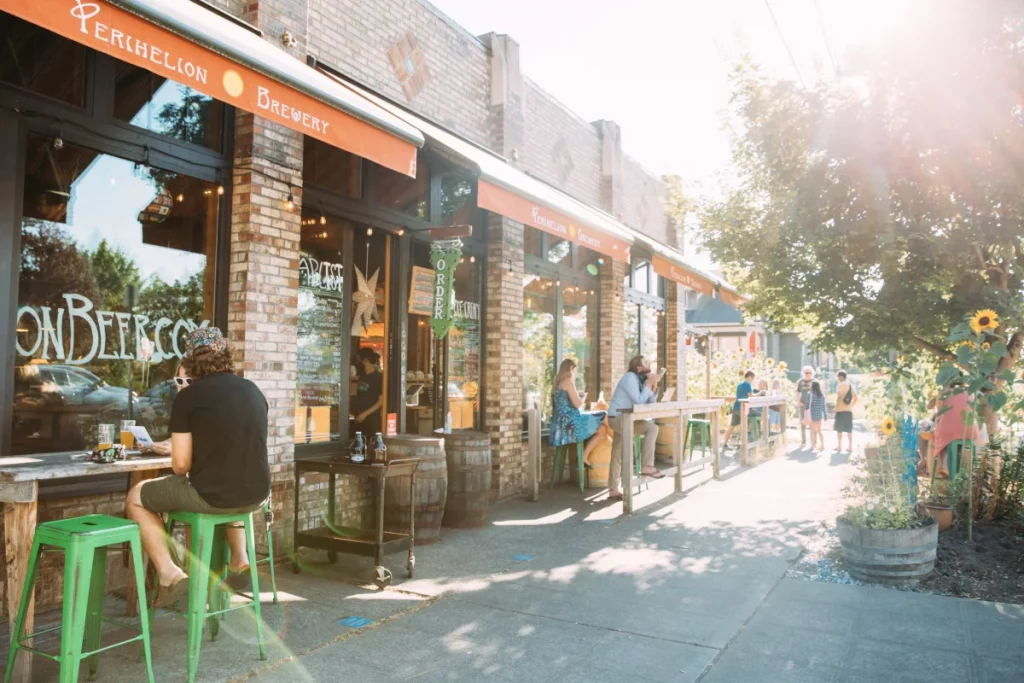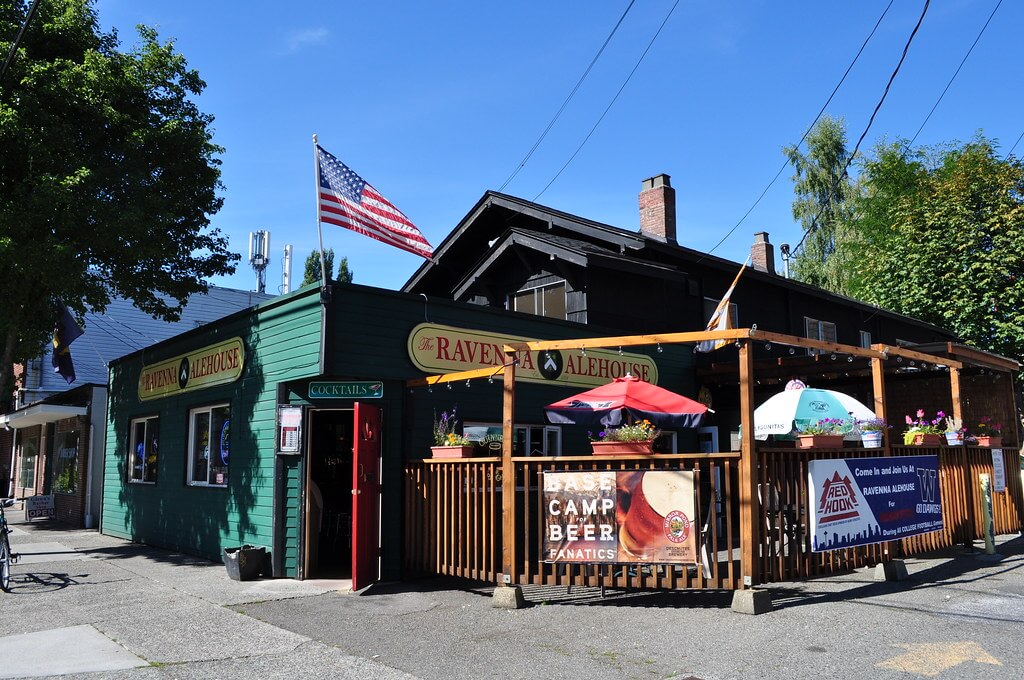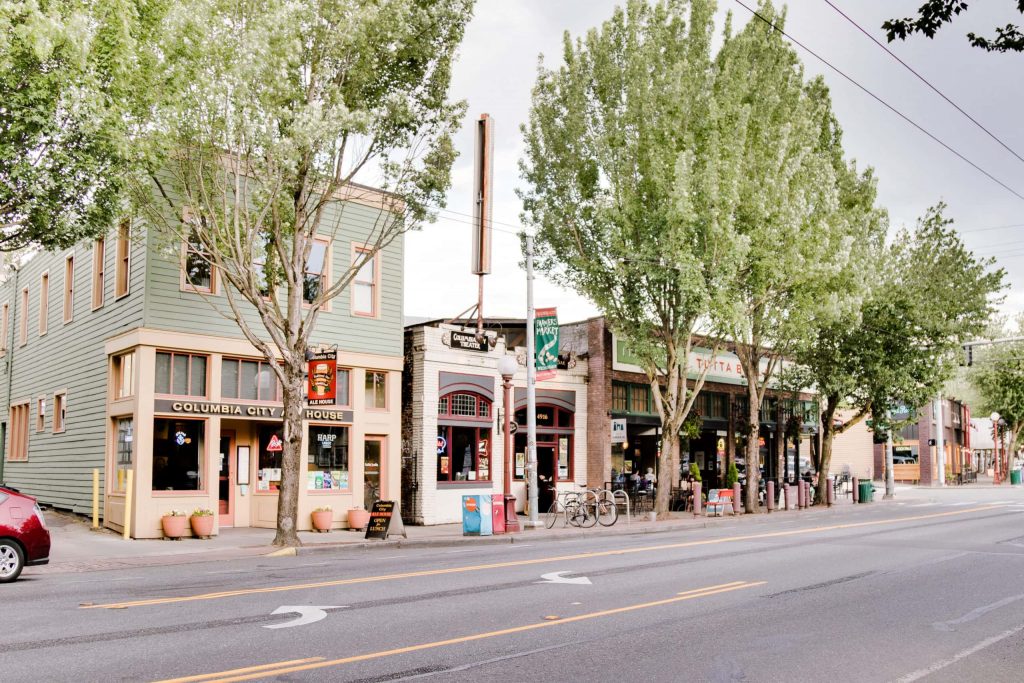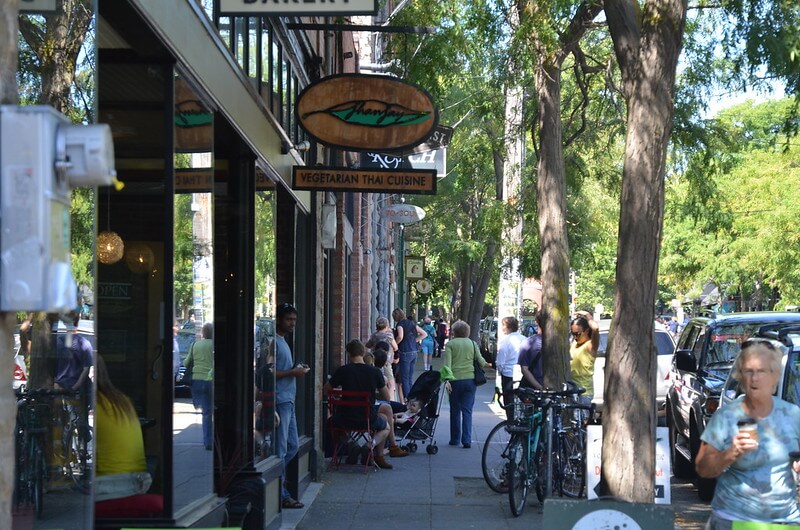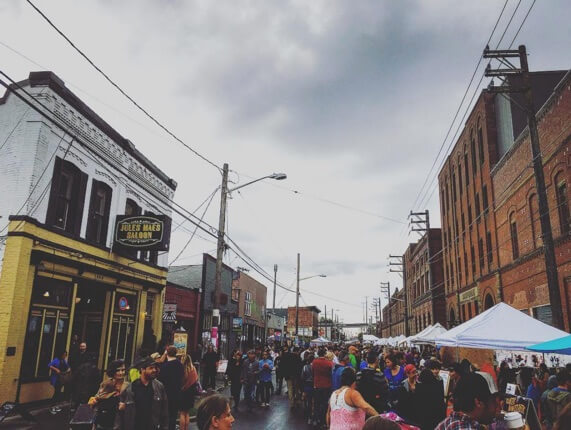Helpful Tax Tips For Landlords
Managing a rental property, especially if it isn’t your primary source of income, can be difficult and complex. Over time, you’ll learn more tricks of the trade, and some of those that are important to learn how to properly file your taxes as a landlord. This isn’t professional advice, and it is recommended to seek out professional help to assist you with the process. Here are a few tips on filing your taxes:
Don’t forget your home office
Even if being a landlord isn’t your primary source of income, it is still a business and should be treated as such. This means that your home office space where your work can be used as a tax write-off. There are some rules in regards to how much office space you can write off, but the space must be a dedicated space for working. How much you write off can be based on the number of rooms or the square footage of your office space.
Keep track of your mileage
Managing and owning a rental property can require a lot of driving. You’re constantly needing to pick up supplies, show the property to potential tenants, pick up rent checks, and resolve any other issues on site. Make sure you keep track of all your mileage used on your personal vehicle when working because that can be deducted against the rental revenue from your property.
Be careful of recapture
If your rental property is in an area with increasing property values, you should be mindful of recapture. The tax code allows you to expense the cost of purchasing your rental property building but not the land over a number of years through depreciation. This expense can help lower your taxable rental income significantly. What you need to be aware of is that if you sell the property for more than the depreciated value, you might need to pay some or all of that back after the sale.
Repairs and improvements
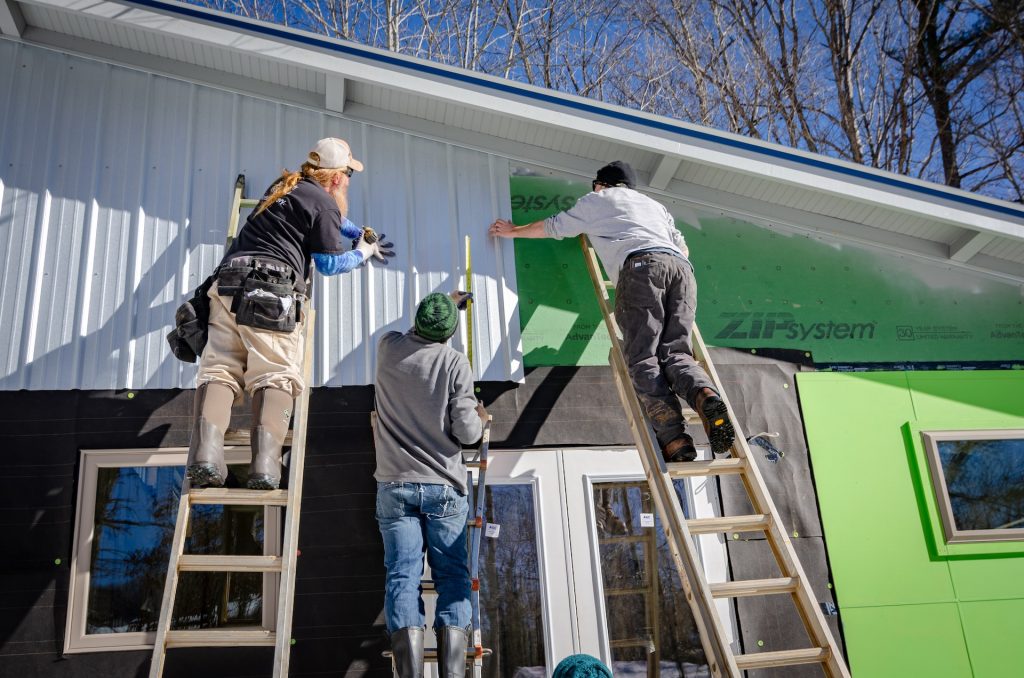
Repairs are anything that returns the property to its original condition. This means that you put in new doorknobs or repair a broken window and any other routine maintenance that keeps the property in the same state. Maintenance costs can be expensed for the calendar year.
Improvements are a little different and more complex. Improvements are anything that improves the value of your property over the long term. This is anything from adding an additional room to solar panels, or a new roof. These improvements can be capitalized and expensed over a number of years through depreciation.
Legal and professional fees
When it comes to running a business, you want to make sure you’re doing everything the right way in order to protect yourself from any liability. This means you may consider hiring a lawyer to draft your rental leases or assist with any evictions. It would also be wise to hire an accountant to handle any financial issues like long-term financial planning and filing taxes. The cost of hiring these professionals can be expensed.



